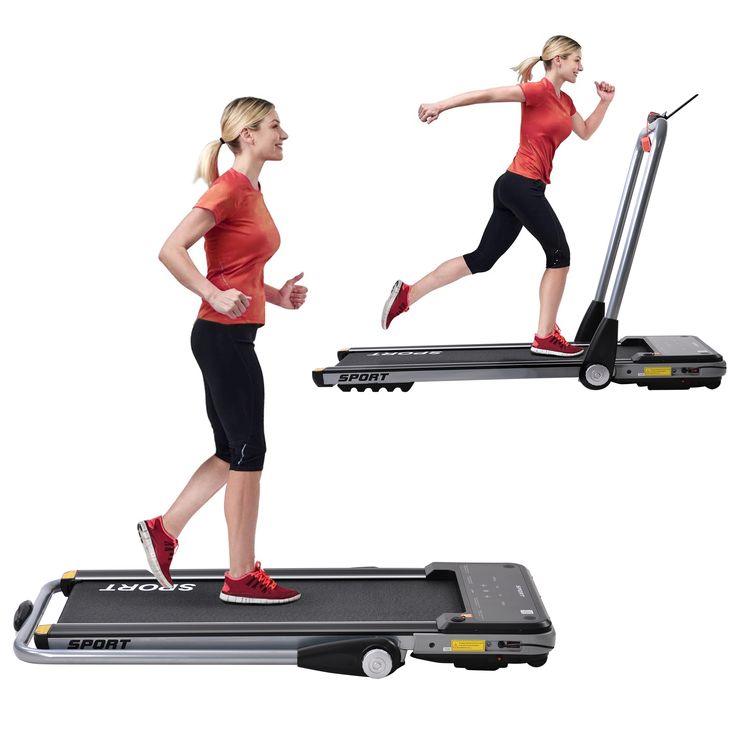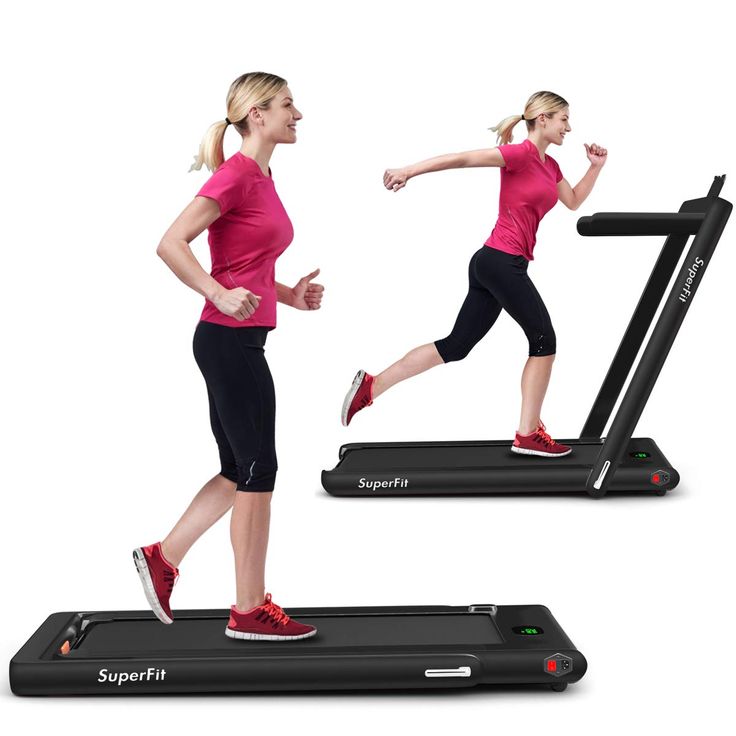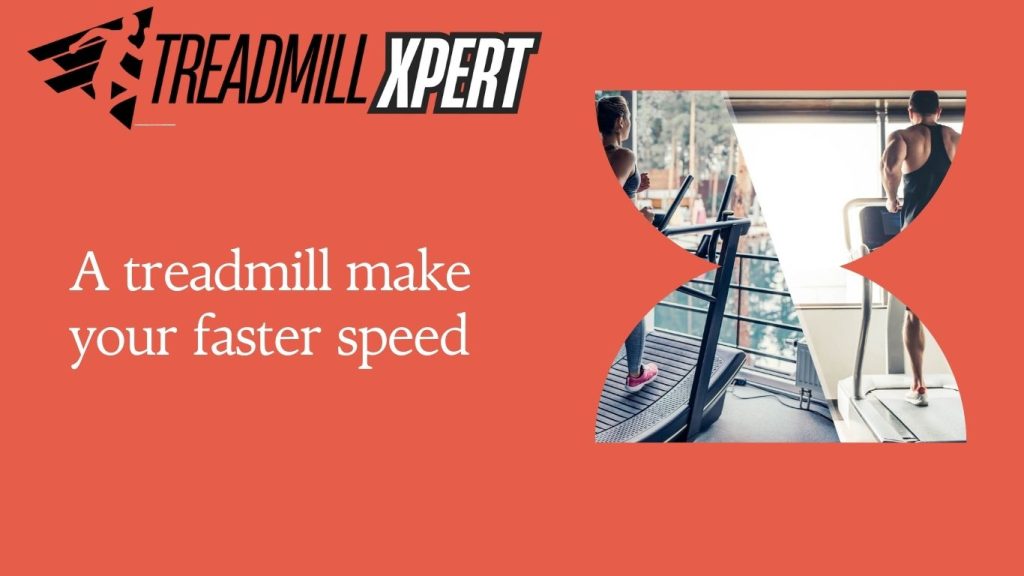A Treadmill Exercise Speed: Can It Really Make You Faster?
If you’ve ever wondered whether a treadmill exercise speed can help you run faster, the short answer is yes—but only if you train smart.
Treadmills aren’t just for rainy-day runs or Netflix-and-jog sessions. They’re powerful tools for improving your speed, endurance, and overall running economy—when used correctly. In this article, we’ll explore how adjusting treadmill speed can make you faster, outline specific treadmill workouts, and share tips to maximize your performance gains.
Does a Treadmill Exercise Speed Make You Faster?
Yes, but let’s break it down. Simply hopping on a treadmill won’t magically turn you into a faster runner. However, using treadmill speed settings to structure workouts like intervals, tempo runs, and hill repeats can absolutely help you build speed, power, and stamina.
Here’s how:
✔ Controlled Environment
Treadmills offer a consistent surface and climate. That means no wind resistance, no potholes, no icy sidewalks—just pure focus on speed and form.
✔ Pacing Accuracy
Unlike outdoor running, where your pace can vary, a treadmill allows precise speed control. You can program exact paces for each workout and repeat them reliably.
✔ Ideal for Speed Workouts
Treadmills are excellent for structured interval training, tempo sessions, and hill workouts, all of which are known to improve running speed.

How to Use Treadmill Speed Settings for Speed Improvement
To benefit from treadmill running, you need a purposeful training program. That means using different treadmill workouts that target speed and strength. Below are the most effective ones:
🔁 Interval Training
Intervals are short bursts of high-intensity running followed by periods of rest or slower running.
-
30/60s Intervals
Run at your 5K pace for 30 seconds, then jog or walk for 60 seconds.
Repeat for 15–20 minutes. -
400m Intervals
Run 400 meters (about 0.25 miles) at mile pace.
Rest for 60–90 seconds.
Repeat 6–10 times.
Why It Works: These intervals train your body to recover faster and push harder in short bursts—essential for race-day speed.
🪜 Ladder Intervals
This workout increases and decreases the intensity over time.
Example:
-
60 seconds fast / 90 seconds recovery
-
120 seconds fast / 90 seconds recovery
-
180 seconds fast / 90 seconds recovery
Then reverse the ladder on the way down.
Why It Works: This keeps your body guessing and builds endurance alongside speed.
⏱ Tempo Runs
Tempo runs teach you how to sustain a faster pace over longer distances.
-
20-Minute Tempo
Run at your 10K to half-marathon pace for 20 minutes. -
2 Miles Hard / 1 Mile Easy
Run 2 miles at a challenging pace, then 1 mile easy.
Repeat 2–3 times for longer workouts.
Why It Works: These runs improve your lactate threshold, helping you run faster for longer.
🌀 Speed Play (Fartlek)
Add bursts of fast running randomly into your steady run.
Example:
-
10 seconds surge / 20 seconds easy
Repeat for 10–15 minutes
Why It Works: This simulates real-world race conditions where pace fluctuates.
🔻 Descending Ladder
This workout gets easier as you go—perfect for building confidence while pushing speed.
Example:
-
Start at your 5K pace. Every 2 minutes, increase speed or incline, or reduce rest.
-
Then descend the ladder—gradually slow your pace every 2 minutes.
⛰ Hill Training
Don’t forget the incline button! Inclines build strength and mimic outdoor terrain.
Workout Options:
-
Run at 8–15% incline for 30–60 seconds. Walk or jog to recover.
-
5K Hill Challenge:
-
Mile 1: 3% incline
-
Mile 2: 5% incline
-
Mile 3: 1–2% incline
-
Why It Works: Hill running engages glutes, hamstrings, and calves while boosting your heart rate for a more intense workout.
Bonus Benefits of Treadmill Speed Work
Here are more reasons why treadmill speed workouts can be your secret weapon:
✅ Performance Tracking
Treadmills display your exact speed, distance, and incline—so you can track progress over time.
✅ Training Consistency
No need to skip speed workouts due to bad weather or busy schedules.
✅ Safety & Form Focus
Running in a stable, predictable environment helps improve form, cadence, and stride efficiency.

Important Tips for Getting Faster on a Treadmill
-
Use a 1–3% incline to mimic outdoor resistance and activate more muscles.
-
Warm up and cool down: Start with a light jog and end with recovery to prevent injury.
-
Don’t skip recovery days: Speed training is only effective when paired with proper rest and sleep.
-
Cross-train for power: Add strength training like squats, lunges, and plyometrics to build leg drive and improve speed.
-
Train outdoors, too: While treadmill running is great, combining it with outdoor sessions helps develop terrain-specific skills.
Does Treadmill Running Alone Make You Faster?
Not necessarily. A treadmill alone won’t make you faster unless you use it smartly.
That means:
-
Consistent, structured training
-
Incorporating speed workouts at least 1–2 times per week
-
Allowing proper recovery between intense efforts
-
Including outdoor runs for real-world readiness
The combination of these factors is what leads to a better running economy and improved race-day performance.
Conclusion: A Treadmill Exercise Speed Can Make You Faster—If You Train Right
Speed doesn’t come easy—but it’s absolutely achievable with the right approach. A treadmill exercise speed, when used strategically with workouts like intervals, hills, and tempo runs, can be a game-changer for your performance.
Don’t forget:
➡️ Add an incline for more muscle engagement
➡️ Focus on form—drive your arms, lengthen your stride
➡️ Mix it up and stay consistent
Treadmill running won’t do all the work for you, but it will support your goals if you’re willing to put in the effort.
